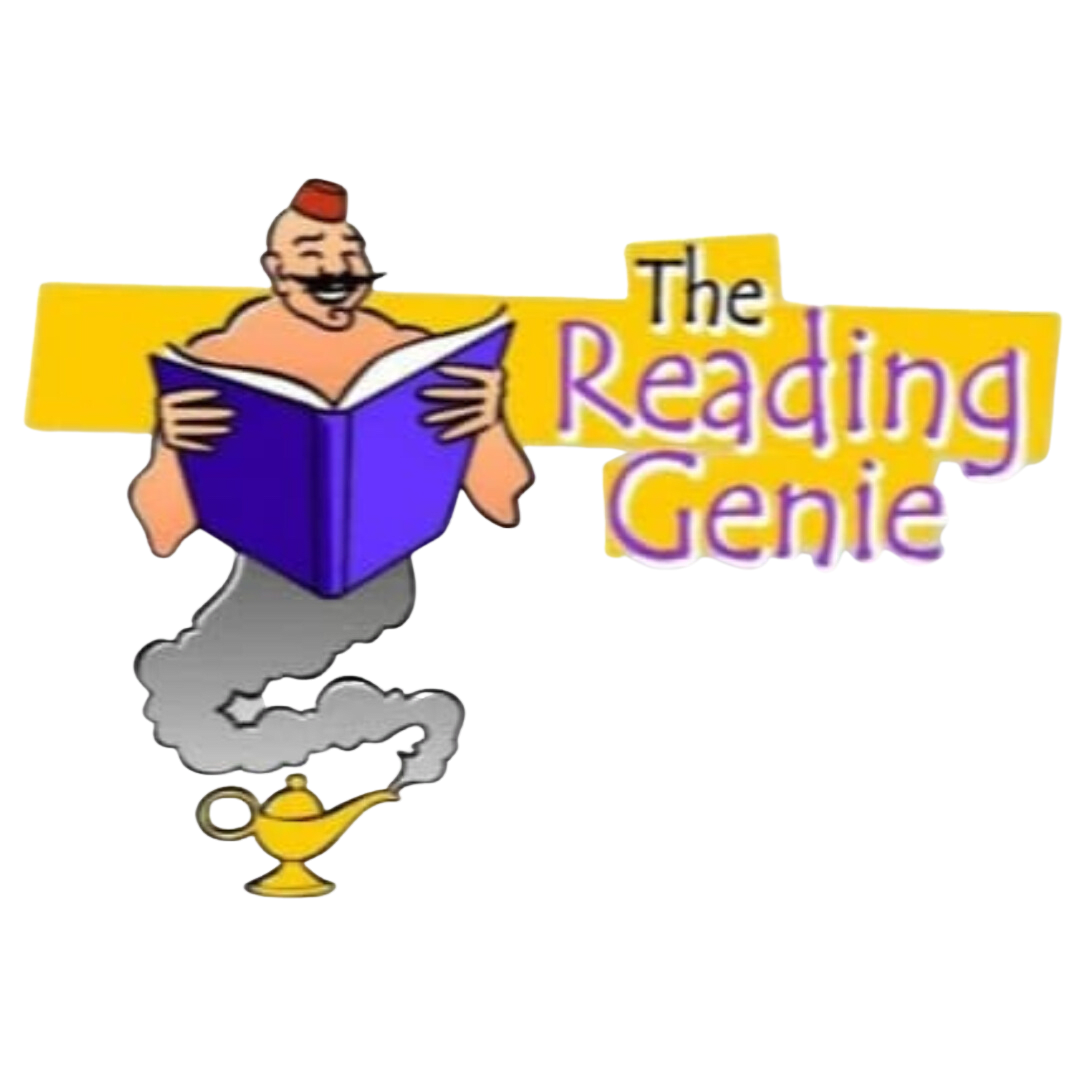
How to Assess Decoding and Phoneme Awareness

Posted on October 12, 2023
Click here for a translation into Hungarian by Elana Pavlet, or here for a translation into Ukrainian by Anna Matesh, or here for a translation into Urdu by Samuel Badree.
The authenticity of our assessments depends on the quality of the theory on which they are based. A simple view of reading, well supported by research, has been proposed by Phil Gough of the University of Texas. Gough described reading comprehension as a product of word recognition and listening comprehension. If we can read every word in a text effortlessly, then we can comprehend the text by reading just as well as we can understand it by listening. A student who is a decoding expert will be able to read to the limit of her language understanding, i.e., at least as well as she can understand by listening. However, if she has trouble either with reading the words or grasping the ideas by listening, she will be unable to read with comprehension.
Young children have usually developed great powers with language. They can understand nearly any storybook the teacher reads to them. However, they read with little comprehension because they cannot recognize words. To assess the reading of children in the primary grades, we need to look at their ability to read.
The diagram above is an educated guess about what children need to develop the ability to read words. It is a detailed map of reading development showing the more basic abilities on which more advanced word recognition depends. The task in reading assessment is to find out where reading progress is stalled so we can teach the strategies that allow the next step. If a student can do any task higher on the chart, we can usually assume lower level accomplishments. Thus, there is no need to test for every ability on the chart.
To leave resources for understanding and appreciation, word recognition must be effortless and automatic. We should therefore test for sight vocabulary using graded passages or for economy, graded word lists. A student who can recognize words above grade level on passages or lists usually does not have a reading problem. If the student is not at grade level, it is helpful to have the student read regularly spelled pseudowords like sim, fep, rean, wope, and fitsbandle. Giving nonsense words artificially recreates the situation of encountering a completely unfamiliar word. Misreadings reveal gaps in correspondence knowledge. For example, if rean were read as “ren,” we can infer some difficulty with the ea vowel spellings, since ea usually represents long e in such patterns.
If a reader can’t decode pseudowords, we can test for phonetic cue reading. For example, we can give the word CAN and ask the child if it says can or fan. Children who can correctly identify 10 out of 12 such words probably have achieved alphabetic insight. Those who cannot have not yet learned to use letters to cue phonemes in decoding. Their difficulties might come from poor phoneme awareness or from letter recognition difficulties. We should test both for recognition of phoneme identities (e.g., Do you hear /sh/ in shore or door?) and for oral blending (What word am I saying: b-oo-k?). Blending and knowledge of phoneme identities are separate abilities, and both are needed in word recognition. We can test for letter recognition by timing children’s letter naming. Skilled first grade readers can usually name all the capital and lower case letters in one minute.
In reading assessment, do not give feedback on whether a response is right or wrong. Give frequent neutral praise, such as nice work, good job, and way to go. A simple and reassuring acknowledgment is to repeat the child’s answer with a nod, whether it is correct or incorrect. Write something for any answer; otherwise writing becomes negative feedback.
Assessment is a problem-solving search. While any single test score can be misleading, we can have confidence in consistent results across several tests. Logographic prereaders typically read few words if any on a preprimer list and get chance scores on the phonetic cue reading test. They need alphabetic insight. Phonetic cue readers can read some words on word lists but cannot read pseudowords (e.g., fim, sep). They can name at least the capital letters nearly perfectly, and get most or all items correct on phonetic cue reading. They need decoding skill. Alphabetic readers can usually read at least a primer word list successfully. They read some pseudowords, get perfect scores on a phonetic cue reading test, and get most items correct on a test of oral blending. They need advanced decoding skill and fluency. Orthographic readers typically can read at least first-grade word lists. They identify polysyllabic words and pseudowords, and their invented spellings recognize some orthographic conventions (e.g., silent-e signals) in addition to representing all phonemes.
Here is a link to the Test of Phoneme Identities. Find out if your child is ready to learn to read.
Get in Touch With The Reading Genie
Have questions, need assistance, or want to explore the world of decodable stories with us? Fill out the form below, and we'll be delighted to assist you on your reading journey! And we'll get back to you soon
Get in Touch
Office location
Auburn, AlabamaSend us an email
[email protected]